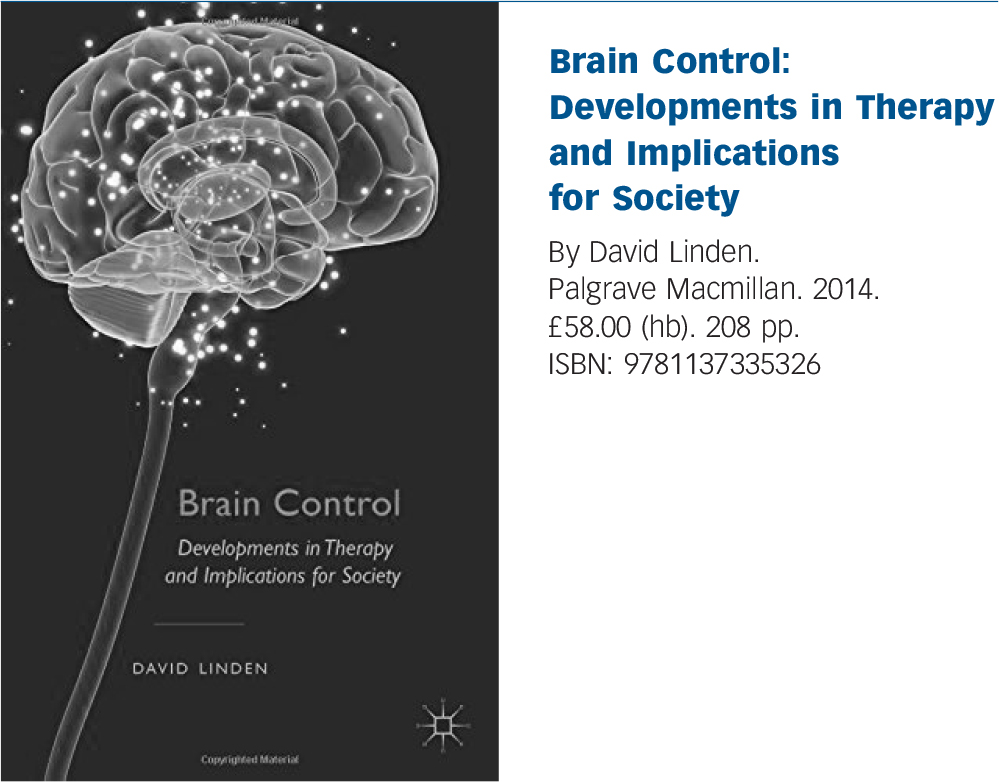
The sun was high in the sky and the sand of the arena was boiling hot that afternoon in 1963 when a man and a raging bull faced each other in a ranch near Cordoba, Spain. The man was not an experienced torero, but a visionary neurophysiologist called José Delgado (1915–2011), and the bull had been implanted with a brain chip – an electronic device that can manipulate brain activity by receiving signals from a remote controller and transmitting them to neurons. In breath-taking footage which stood the test of time, the daring scientist was able to control the charging bull’s actions by pressing buttons on a handheld transmitter, forcing the animal to skid to a halt only a few feet away from him by sending electrical signals to its caudate nucleus. The account of the event made the front page of the New York Times, which reported it as ‘the most spectacular demonstration ever performed of the deliberate modification of animal behavior through external control of the brain’. This and several other interesting breakthroughs feature in David Linden’s most recent book, which is devoted to the multifaceted aspects of brain control, from its historical backgrounds to clinical applications and ethical issues.
The introductory chapter discusses brain-computer interfaces, sophisticated devices that have significantly improved quality of life in patients with complete paralysis (e.g. locked-in syndrome and motor neuron disease) by enabling communication and control. There is an overview of innovations to influence brain and behaviour through neurosurgical procedures and electrical stimulation, encompassing both cortical and subcortical stimulation techniques. Over the past few decades, deep brain stimulation has replaced the lobotomies of the 1940s and 1950s as the largest programme of invasive brain control in terms of the number of treated patients (Parkinson’s disease and other movement disorders, especially tremor and dystonia). This chapter also outlines the modern history of psychosurgery through its applications to severe refractory psychiatric disorders (obsessive–compulsive disorder, depression and addiction) and conditions at the interface between neurology and psychiatry, such as Tourette syndrome. The author also outlines biofeedback and neurofeedback as new treatment options for neuropsychiatric disorders that enable patients to self-regulate their brain activity, including case histories from the successful neurofeedback programme which he developed at Cardiff University. The final chapter, on the ethics and politics of brain control, is equally informative and thought provoking: Linden explores the understandable fear that techniques for brain reading and control could violate privacy and be used to manipulate people’s thoughts and behaviours.
David Linden’s work is an accessible and beautifully written introductory book on the past, present and future of the technologies of brain stimulation and brain reading. At the end of this fascinating journey, readers cannot help but hope that the author’s competence and compassion could serve as a model for anyone working with the growing number of patients who require brain control interventions.





eLetters
No eLetters have been published for this article.